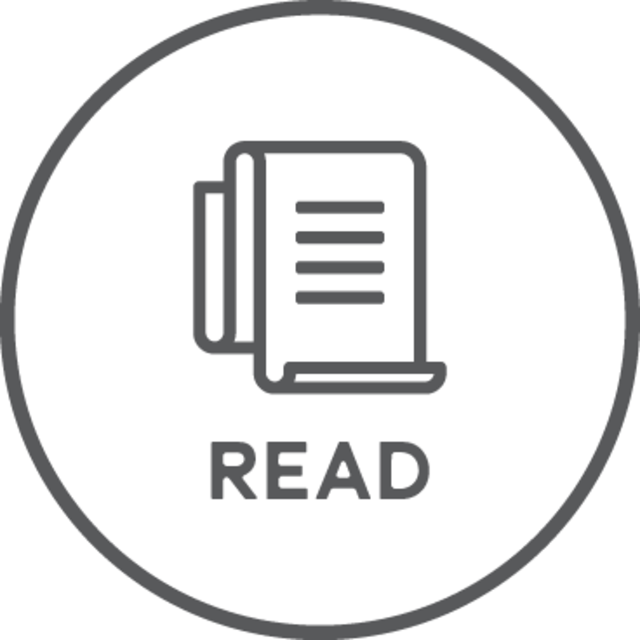There’s good news for brands struggling to source enough high-quality recycled PET, recycled high-density polyethylene, and recycled polypropylene to meet both EPR regulations and their internal packaging goals. Republic Services, the second largest provider of waste disposal services in North America, has launched a first-of-its-kind operation in the U.S.—one of at least four planned by the company—designed to sort and process plastic packaging waste to help meet the growing demand for recycled material. The new Polymer Center, located in Las Vegas, opened in December and is expected to produce more than 100 million pounds of recycled plastics each year, specifically PET flake and color-sorted HDPE and PP, for use in sustainable packaging and other applications.
“In its simplest description, the Polymer Center provides secondary processing of recycled plastics to produce higher-quality materials for different end markets.” That’s according to Pete Keller, Republic Services’ vice president of recycling and sustainability, who shares that the regional hub-and-spoke model of the Polymer Center network enables Republic to send curbside-collected and baled plastics from a number of its regional MRFs (material recycling facilities) to a single center for further sortation and processing into multiple, high-quality grades of PET flake and HDPE and PP resins.
As Keller explains, the Polymer Center network addresses several barriers to circularity for plastics. Among them is the small percentage of plastics that make their way into a MRF versus the complexity and investment required to sort them. “On average, only 7% to 8% of the curbside recycling stream that Republic processes are plastics,” he says. “It’s a small percentage of what’s being processed overall. Seventy to 75% of what we make and sell is fiber-based, such as paper and cardboard. So the focal point of our operation is processing those materials.”
MRFs typically sort and bale four grades of plastic: PET, notably beverage bottles, natural or non-pigmented HDPE from milk jugs, pigmented or colored HDPE, which results in a bale of mixed colors, and “everything else,” i.e., polyvinyl chloride (PVC), low-density polyethylene (LDPE), PP, polystyrene (PS), and “other.” Increasingly MRFs are sorting and baling PP separately for a fifth grade. To sort further, or fractionate, additional grades or types of resins locally “just doesn’t make sense economically,” Keller says.
MRFs are also usually space constrained, he adds. “If you want to produce something different, you need to create another bunker, you need to create another storage area, you generally don’t want to ship those materials,” he says.
Another issue is the contamination of the resulting bales, which leads to inefficiencies and poor-quality recyclate. Currently, a typical PET bale sold by Republic comprises just 60% to 65% PET, with the rest consisting of contamination from labels, caps, and bottle rings. “It’s inefficient,” Keller says. “You’ve got upfront processing costs, transportation costs, yield-loss considerations, and potential disposal considerations.”
Most of these curbside PET bales are converted into textiles, such as carpet and clothing, which have limited end-of-life options. For HDPE, mixed-color bales can only be used to produce grey or black packaging, limiting end-market applications.
By sending all baled materials to one facility, Republic can more efficiently deploy capital to further sort the grades of plastic. From natural and mixed-color bales of HDPE, Republic is producing natural and white grades, along with a red, orange, and yellow HDPE grade that can be used to produce orange HDPE packaging. PP is sorted into natural, white, and “other.” Polyolefins are further sorted into food and non-food end-use applications as well.
In the case of PET, Republic takes the PET bale “all the way to a clear, hot-wash flake that yields essentially 100% rPET,” shares Keller. This enables the material to go back into packaging applications, such as beverage bottles, and food packaging, including thermoforms. In late 2023, The Coca-Cola Company committed to purchasing a significant share of the PET flake from the Las Vegas facility.
For processing of color-sorted HDPE and PP into custom, drop-in resins, Republic formed a joint venture with polymer recycling company Ravago called Blue Polymers. By year-end 2026, Republic’s national network will include four Polymer Centers, the second of which is scheduled to be up and running by Q4-24/Q1-25 in Indianapolis, and three co-located Blue Polymers facilities. The first Blue Polymers plant is under construction in Indianapolis and is expected to begin production in Q1-25.
The network will serve 80 of Republic’s regional MRFs and has been designed with enough capacity to serve third-party volumes, comprising plastic bales from other MRFs.
“The Polymer Center is really about enabling greater circularity,” says Keller. “It’s about keeping these materials in the marketplace longer, turning them over more times, and meeting a need. Most consumer packaged goods companies have pretty ambitious packaging goals as it relates to recycled content. So we think we’re addressing a real need in the marketplace by bringing these materials back into these circular solutions.” PW



























